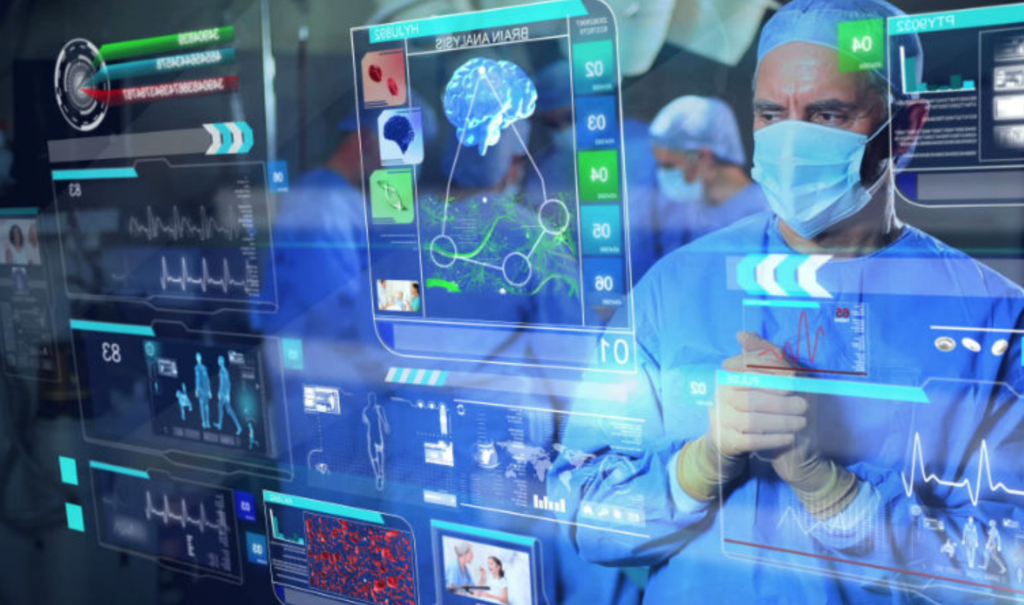Health care has advanced to a point where it can now save more people than ever.
Throughout the decades these 5 advancements have changed medical and health practices for the better:
Antibiotics
Antibiotics are mostly used to treat bacteria-based illnesses. Sir Alexander Fleming in 1928 discovered it accidentally when he didn’t clean up a petri dish. In the same vein, it was the source of what was to be known as penicillin.
Antibiotics have the power to stop communicable diseases from spreading further. Recently, scientists are working on an antiviral to clear out viral health conditions as well.
Anesthetics
Anesthesia and painless surgery became available in 1846 when ‘ether’ was created as a way to dull the agony of being opened up. Combined with antisepsis, the duo advanced health care to the point that patients didn’t have to worry about pain and death by sepsis.
After a successful operation, patients could be prescribed drugs or go the natural route, with kratom being a viable option.
Vaccines
The concept of vaccinations came in 1796 when Dr. Edward Jenner stopped smallpox from infecting a boy. Without it, viral infections could potentially ravage entire communities and even countries.
In World War I and II soldiers staved off diseases like typhus and diptheria, thanks to vaccinations. Also, the polio and smallpox vaccine saved a large part of the population.
Clean Water
Access to clean water is perhaps the single most important improvement in global health and sanitation. It started in the 19th century and carries only until today.
Public health measures and clean water drastically cut the incidence of deadly water-based diseases such as cholera, poisoning and diarrhea, thereby lowering parasitic infections and other health conditions from occurring.
Radiologic Imaging
Tech advancements such as the X-Ray helped doctors peer inside for internal injuries. Fast forward to today and we have CT scans and other imaging solutions for a more accurate diagnostics.

